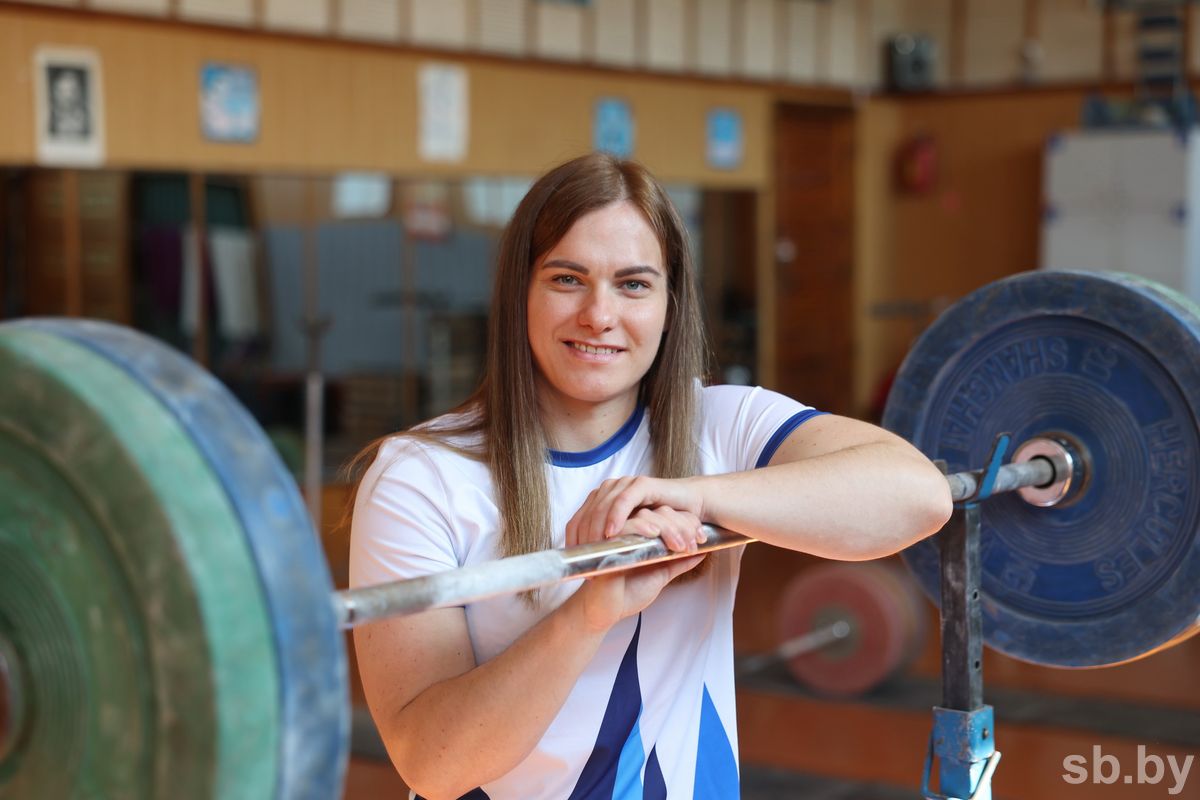
SB correspondents visited a “wonderful, highly cultural place” to meet special people - “persons of Bobruisk nationality”
The outlandish wooden mansion of the merchant Katsnelson, an ancient fortress, a unique cathedral, church, synagogue... There are many such “marshmallows” for travelers near the city on the Berezina, where, in fact, they produce the delicate white and pink delicacy, familiar to every Belarusian from childhood. The writer and director Efraim Sevela - there is also a monument to him here - managed to write about his native Invalidnaya Street in such a way that even those who have never been here fall in love with Bobruisk while reading the book. We came to this original corner, where Belarusian hospitality and Jewish homeliness are intertwined, to introduce you to those who glorify their native city with their work and talents. He also has an innate sense of humor.
Legends of medicine
Before the war, on Invalidnaya Street, now Engels, lived the “great diagnostician” Belenky - “he could put a dead person back on his feet.” He treated any illness and did not charge the poor. “Buy a little piece,” he said in the Jewish manner, handing the money to the patient. “You need to eat well.” People went to the doctor not only for medicine, but also for advice on everyday issues.
The head of the endoscopy department of the Bobruisk Central Hospital, Gennady Akulich , who knew Belenky Jr., who worked in the emergency room, spoke about a colleague who had earned the respect of the entire city . He says both are no longer there, but people remember them with gratitude.
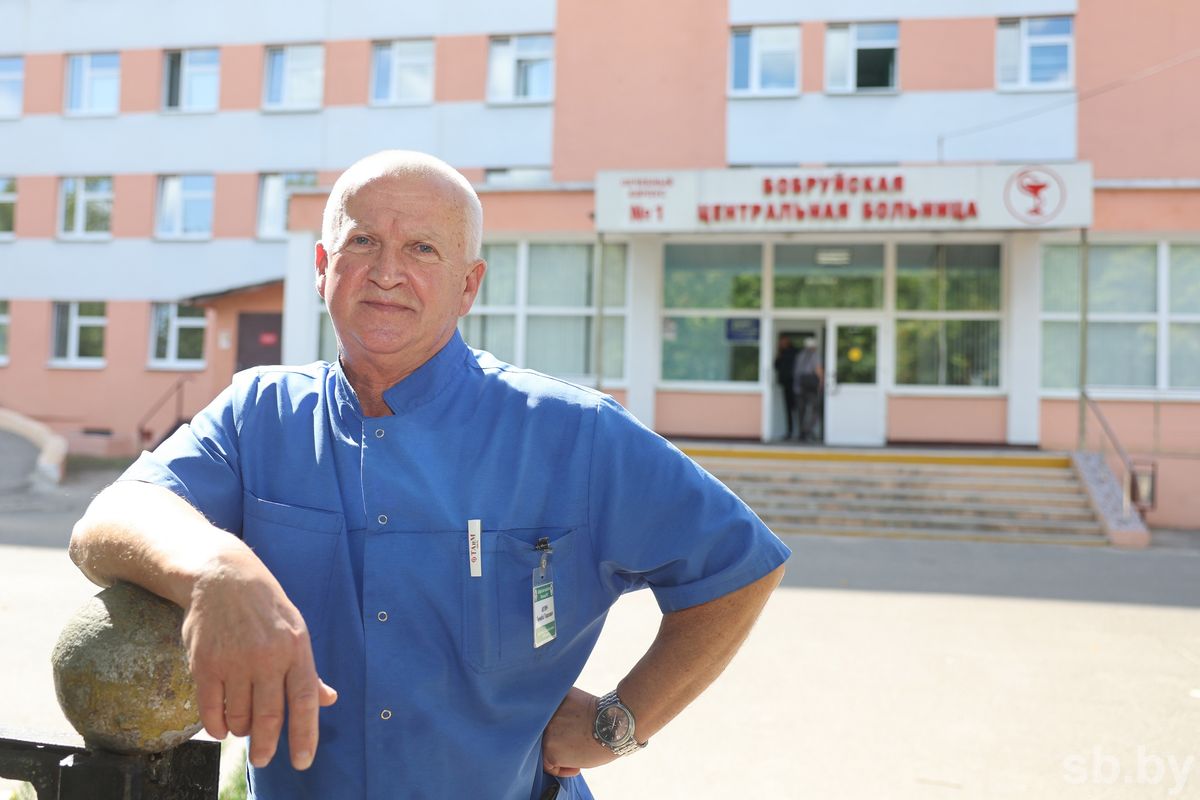
The locals also speak only positively about Akulich: he is an excellent specialist, an intelligent person. Over 36 years of work, he has already examined about hundreds of thousands of stomachs. So the doctor knows half of his fellow countrymen... from the inside (the population of Bobruisk is about 208 thousand people. - Author's note).
“I was destined to become a doctor: I was born on the way to the maternity hospital - in winter, in a sleigh. There were no incubators for premature babies yet - thanks to Dr. Anton Gusche: he brought me out. His son Slava became my friend; both graduated from the Minsk Medical Institute. He works in the intensive care unit of an emergency hospital - “Morzonovka”, named after the excellent surgeon Morzon. 43 years ago I arrived at the Bobruiskshina medical unit - that’s what the central hospital was originally called.
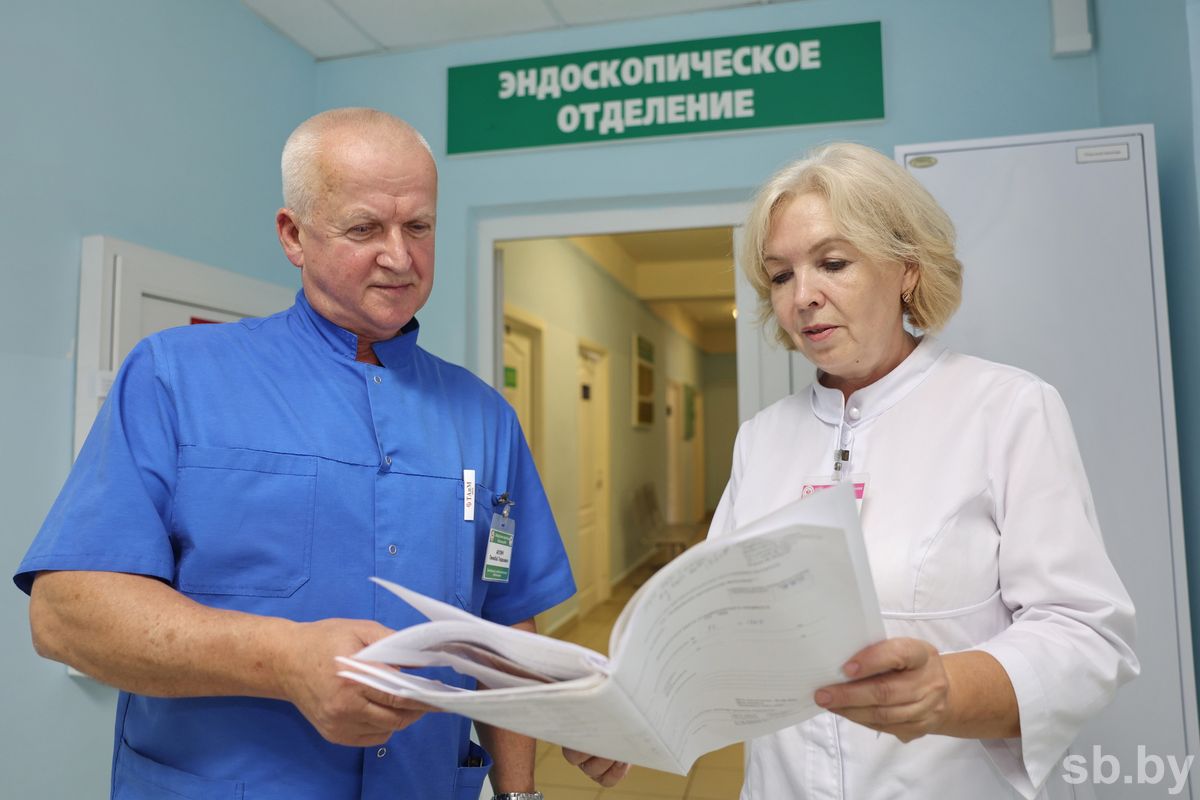
Akulich started in cardiology, working in the emergency department, and actively promoted the discovery of endoscopic:
“It was vitally necessary, because patients were taken for examination 120 kilometers to Mogilev. Now we have video endoscopic systems, we do bronchoscopy, examinations of the stomach, intestines, lungs, we remove polyps... People even come to us from the Minsk region for colonoscopy.
About 5 thousand studies are carried out here every year. The biggest problem, according to the doctor, now is that, having read advice on the Internet, people take medications uncontrollably and get gastrointestinal bleeding:
— Some simply don’t know how to eat: they don’t chew, but swallow. A chicken leg was removed from the esophagus of one fellow countryman using endoscopic loops. Three days later he appeared again - with a piece of meat in his throat!
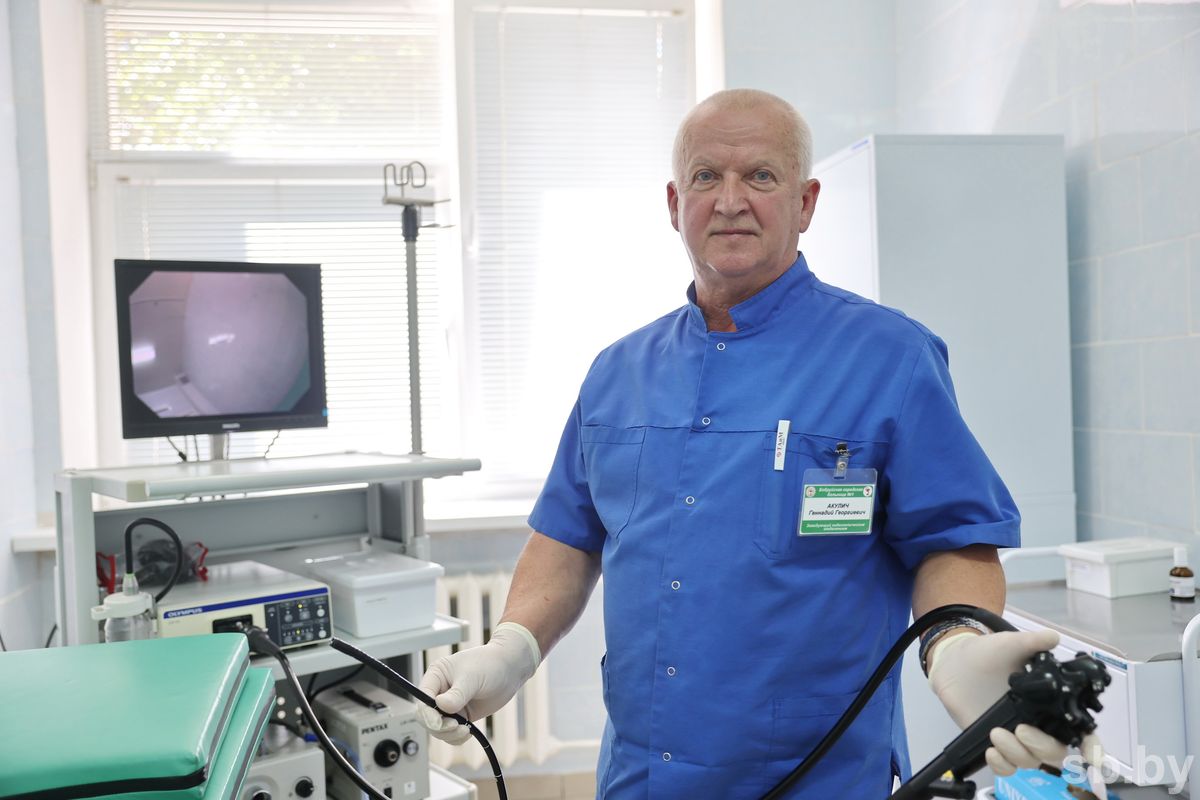
Patients with serious traumatic brain injuries, blood in the bronchi and lungs, which must be urgently pumped out to prevent asphyxia, are also admitted to the department.
Saving human lives is a responsible matter; there should not be random people in medicine. Gennady Georgievich has a golden rule: treatment must be approached individually, and each patient must be seen as his own mother.
Akulich was called to work in the capital. He didn’t want to: “I rest my soul by walking along the cozy streets along the ancient outbuildings. Bobruisk is my city, and I will not leave it.”
Native checkpoint
Bobruisk is the best city on earth for Antonina Gatsenbiller . And she considers her second home to be OJSC Bobruisk Plant of Tractor Parts and Assemblies, where she has been working for 26 years.
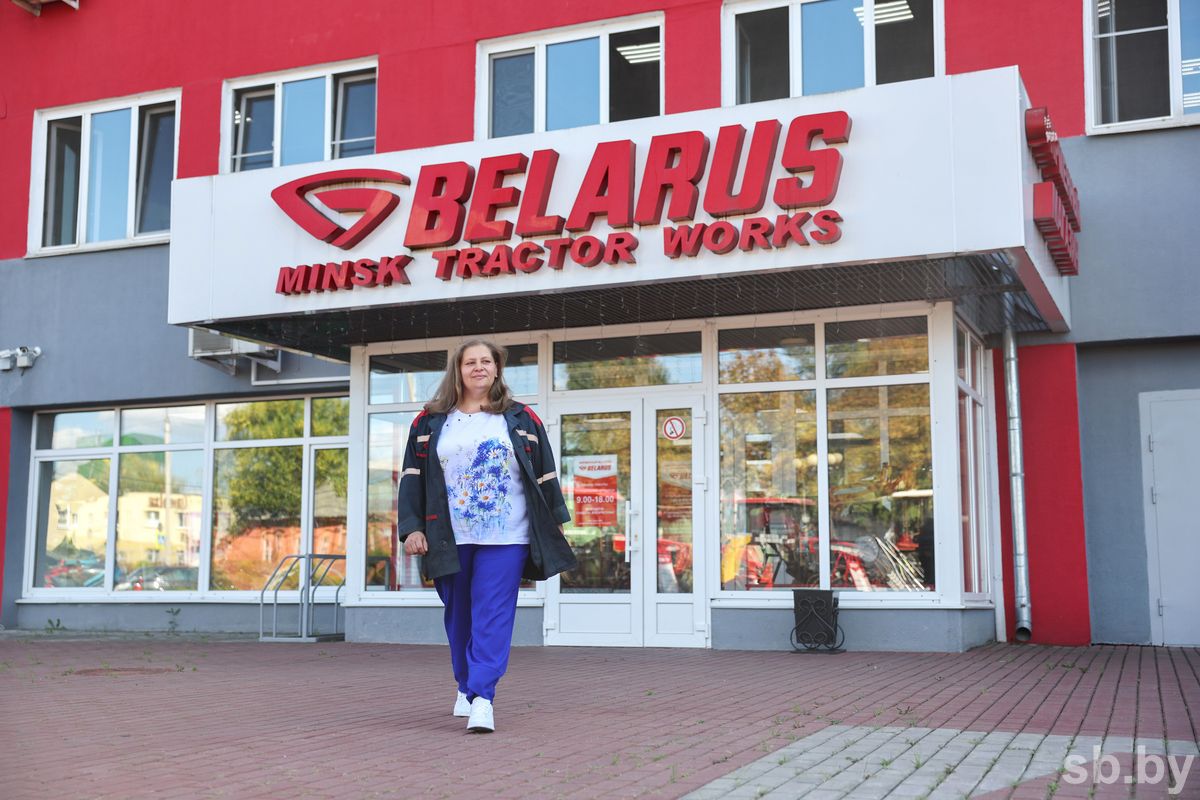
— Foundry worker and thermal operator are not professions for women, because it is hard physical work. But I didn’t see myself at any other enterprise. My grandmother Marfa Kolesnikova came here as a worker in 1967, marking the beginning of a labor dynasty. Next are my parents Pavel and Elena Dmitrachkov ,” clarifies the foreman of the thermal section of the press-welding shop. “I think I grew up around spare parts for tractors.” We live in a private sector across the road, my mother and father often took me with them to the factory - at that time it was not prohibited. Therefore, after school, I received a specialty in “Metal processing on machines and automatic lines” at the local mechanical and technological college, then as an engineer at the Gomel State Technical University named after Sukhoi.
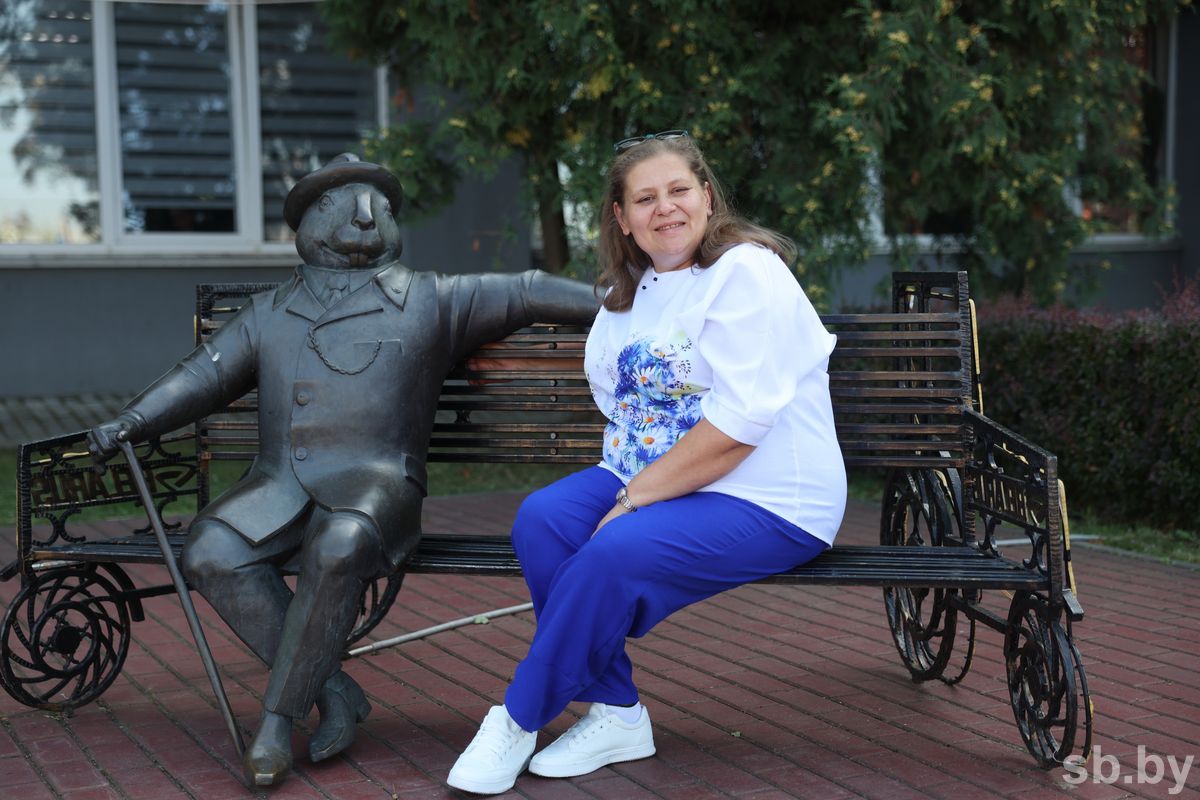
Recently, 33 representatives of the Kolesnikov-Gatzenbiller dynasty could be seen at the plant, but some retired, others went on maternity leave. However, the woman notes, a lot of people are still working:
— My husband Alexander is an adjuster in a mechanical assembly shop, his brother is a foreman, and his aunt is a grinder. One of my nephews is a machine operator, the second is a tool maker, my nieces work as a work distributor, a storekeeper, and an economist. I haven't named everyone yet. Go to any workshop here and you will meet our people.

In total, the plant employs about 2.5 thousand people - a wonderful team, says Antonina Pavlovna:
“I’m proud to be part of this big friendly team.” Labor dynasties, and we are not alone here, are the support of any enterprise, an indicator of its social stability and prestige. And professional skills are passed on from generation to generation, and colleagues connected by family ties strive to do everything so as not to lose the honor of the family name and preserve traditions.
Save and inspire
In a historical building built in 1904 in Pozharny Lane, 33-year-old Evgeniy Los works in the oldest fire rescue unit No. 1 of Bobruisk .
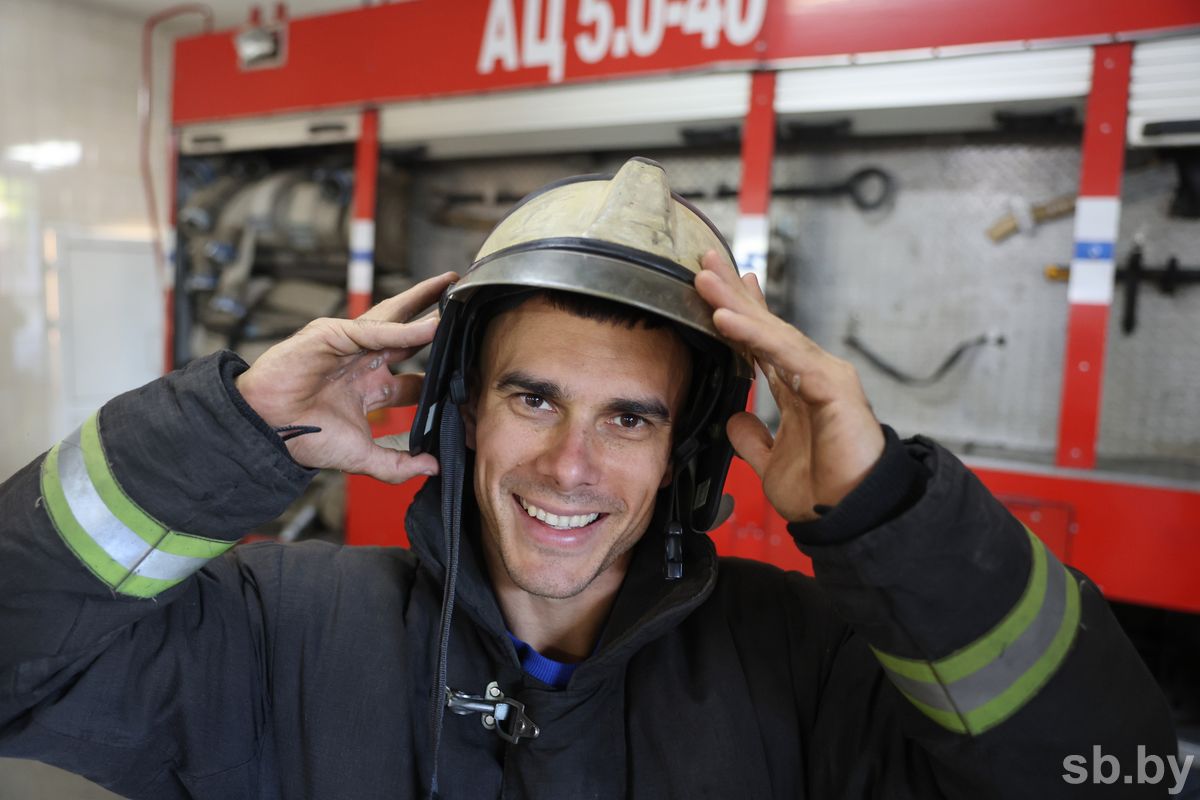
Before coming here, the guy trained as an electrical technician, managed to work in construction, and entered the correspondence department of the Faculty of Physical Education at the Maxim Tank Belarusian State Pedagogical University.
“This is such a winding road to a dream,” Evgeniy smiles . — I wanted to become a rescuer since childhood. There was an example before my eyes: my best friend’s father worked in the fire department.
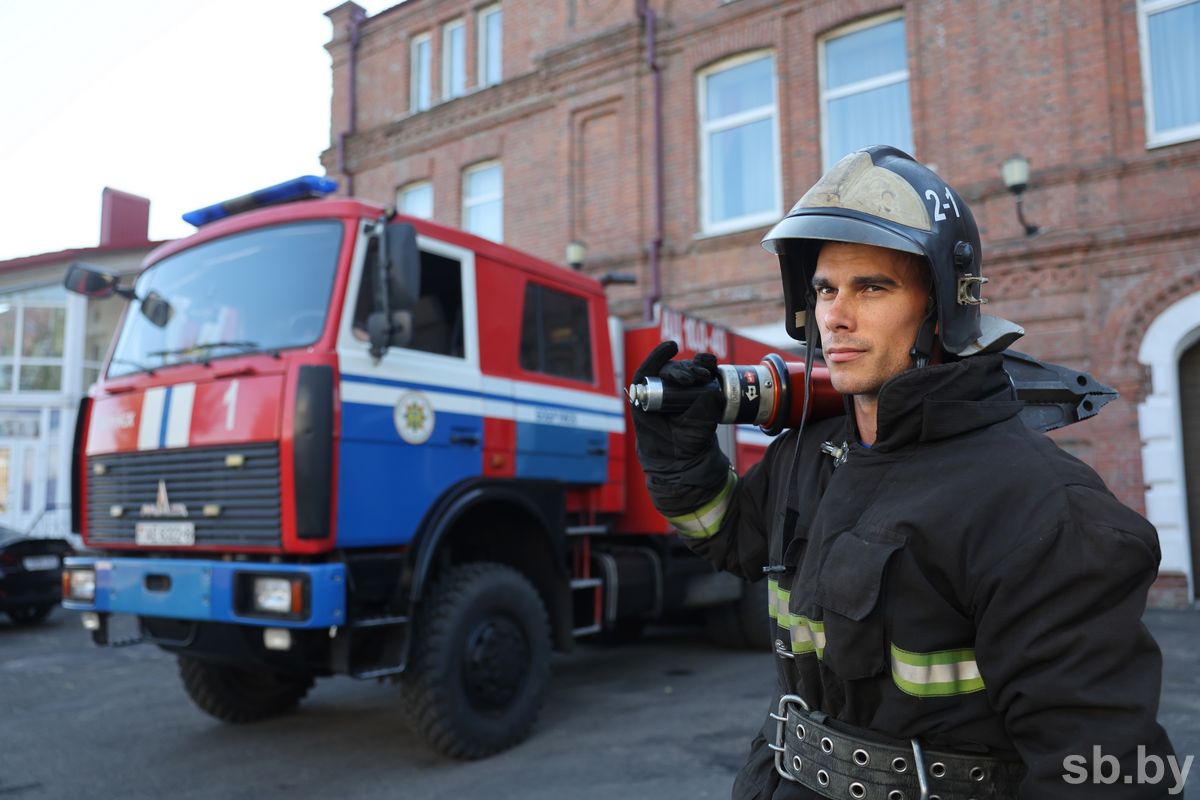
More than once he had the opportunity to extinguish peat bogs and pull fellow countrymen out of burning apartments. Once, together with a colleague, he carried a legless man who could not move independently from a house engulfed in flames.
“Physical training is very important in our business: the equipment alone weighs 25 kilograms,” the firefighter clarifies . “That’s why there are basic standards. For example, a rescuer must be able to do at least 15 pull-ups and run a kilometer in just over 3 minutes... As soon as I arrived at the unit, I did 50 pull-ups. I want to be in good shape.

Good form - modestly said. The moose is a record holder in the Guinness Book of Records. The first time I got there was by doing 67 push-ups on the uneven bars with an additional weight of 18.2 kilograms. The second was when I did 53 push-ups, but with a weight of 27.2 kilos.
He trains for several hours a day, films the process and posts it on Instagram and YouTube, where “Wild Elk” (as Evgeniy positions himself online) has almost 3 million subscribers.
— There are a lot of reviews, I try to respond. Recently, a boy who, at the age of 12, can do 20 pull-ups on the bar, asked if this was not enough for his age. I liked it and wrote a positive comment. For children, the fact that their successes have been noted is a great motivation, they will give their all even more.
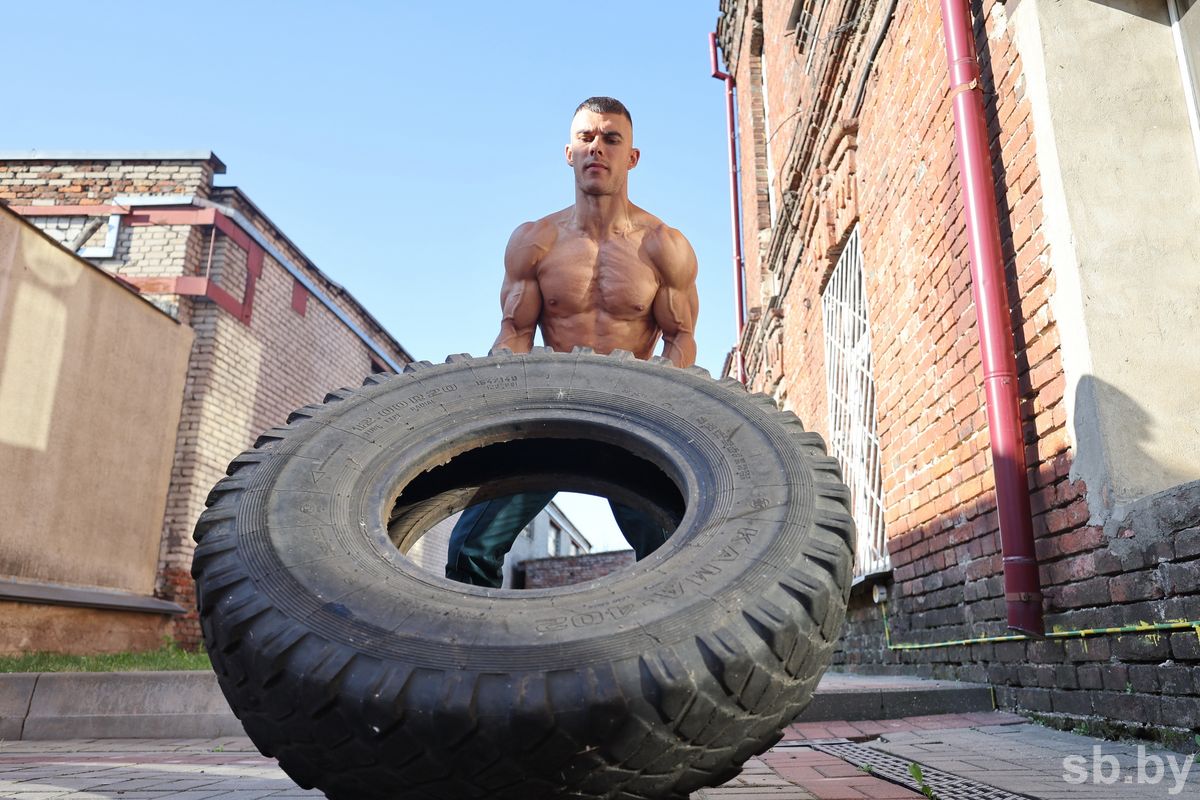
The head of fire rescue unit No. 1, Alexander Krik, notes Evgeniy’s great contribution to the popularization of sports and a healthy lifestyle:
“Thanks to him, our gym has received new equipment, and our employees enjoy working out here.” Evgeniy participates in firefighting sports tournaments, from local to international. And this, undoubtedly, captivates young Bobruisk residents who take their example from him.
Where the soul sings
Bobruisk residents are also proud that their city is “stamped” in Ilf and Petrov’s “Golden Calf”: “Everyone agreed to go to Bobruisk even now. Bobruisk was considered a wonderful, highly cultural place.”

Indeed, not only outstanding figures of science and sports come from Bobruisk, but also talented musicians: singer Isidor Bolotin , People's Artist of Belarus, composer Vladimir Olovnikov , popular performer Ruslan Alekhno ...
The Snarsky family also contributes to the preservation of the traditions of Belarusian musical art . Its head, Dmitry Leonidovich, plays the button accordion, his wife Tatyana Aleksandrovna plays the cymbals. And Alexandra’s 12-year-old daughter is taking a flute class at the children’s art school No. 1 named after E.K. Tikotsky (which, by the way, is headed by her father), while simultaneously mastering Belarusian folk instruments - the pipe and the ocarina. This year she became a 2nd degree laureate of the republican creative radio competition “Young Talents of Belarus”.

“This is a very serious test - there are about 540 performers, and this is only my second year playing the Belarusian pipe,” admits the schoolgirl. “Although I’ve been playing music since I was five years old. In the future I want to master the dudu and the pity.
Playing the Belarusian pipe and clay ocarina is not as easy as it seems. In order for the instrument to open up and sound in full force, the performer must not only have an ear for music, but also be able to use breathing rationally. Otherwise, as the Snarskys say, “you can catch bunnies” - dizziness. Sasha listens to the instrument, her ocarina sounds surprisingly gentle. By the way, when the girl was only seven years old, she participated in the international competition “Music of Hope”, where her competitors were 13-year-old teenagers, and became the winner of an incentive award from the special fund of the President of the Republic of Belarus for supporting talented youth. Dmitry Snarsky clarifies:
— Just a few years ago, no one represented the Belarusian pipe at competitions. We love Belarus and popularize folk instruments. Since last year, the school began teaching children to play it.

The repertoire for authentic instruments is also Belarusian, based on the works of Honored Artist of Belarus Alexander Kremko , composer Igor Mangushev .
Alexandra learned Mangushev’s “Rozdum” on the pipe. And in the future he wants to become a one-man orchestra: during a performance, he alternates playing different wind instruments. Currently he is perfecting the composer’s “Three Galas”, which uses a pity, a pipe and an ocarina.
— This year, Children’s Art School No. 1 held the first republican art competition “Tolkі.BY”, in which there were about 300 participants. Young people are interested in this, which means we will continue to preserve and develop the original musical traditions,” say the Snarskys.
Iron arguments of Daria Naumova
Silver medalist of the Olympic Games in Rio de Janeiro, participant of the Olympic Games in Tokyo, European champion in 2019, medalist of the 2018 World Championship, this year Daria Naumova took two silver medals at once - at the Russian Championship and at the II Games of the CIS countries. Catching the famous weightlifter in Bobruisk is a great success.
“It’s good if I spend a month a year here.” The rest of the time - at training camps in the "Flocks" or at competitions, - Daria smiles . — But I consider this city my home, because I’ve been living here since I was 15 years old.
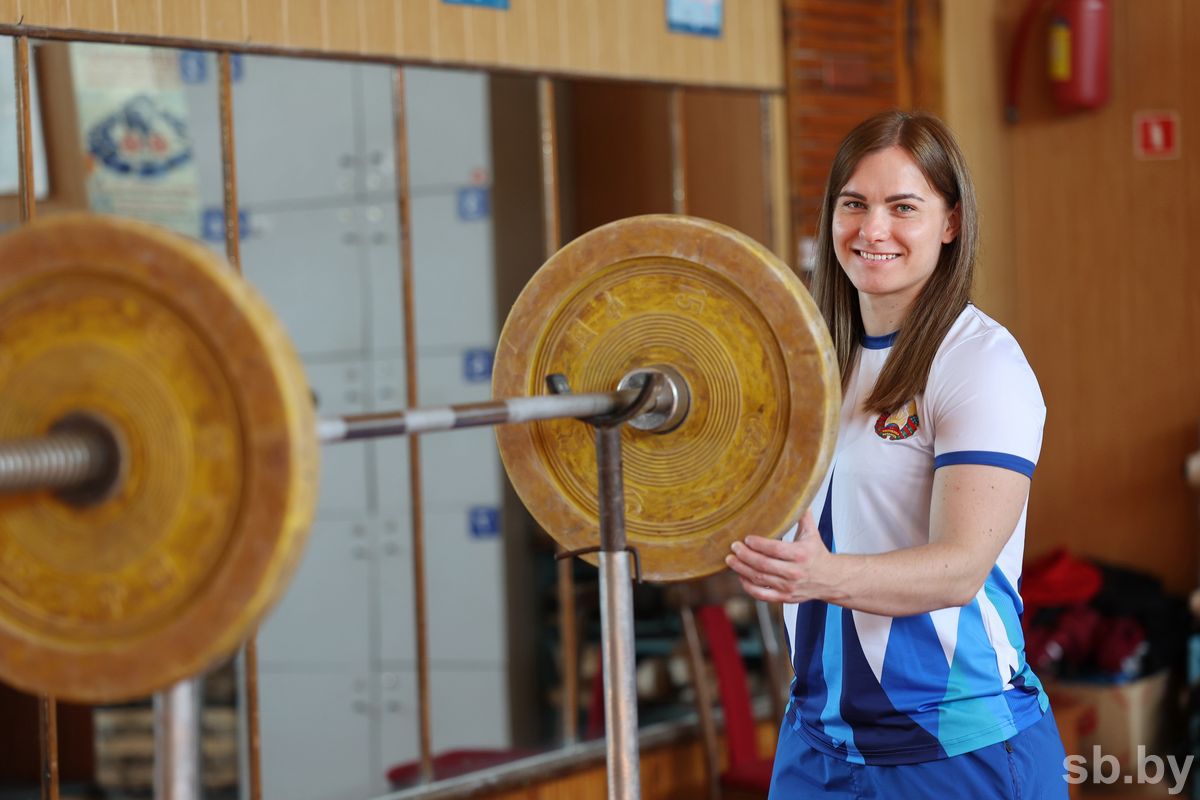
At the Bobruisk State School of Olympic Reserve, Daria, who was fond of shot put and discus throwing until the ninth grade and won regional competitions, entered the athletics department. True, she had not studied for a week when she was noticed and lured away by the local coach Valery Sizenok , now the senior coach of the women's national weightlifting team.
“I was lucky with my mentor: he always knew how to guide, support, listen,” emphasizes Daria . — Injuries are not uncommon in professional sports. A month before the European Championships, which took place in Batumi in 2019, I seriously injured my back. I couldn’t get up, but I had to continue training. I had to adjust exercises, loads, and be on painkillers. When I entered the arena, the pain was present, but amid the excitement before the tests, I no longer paid much attention to it.
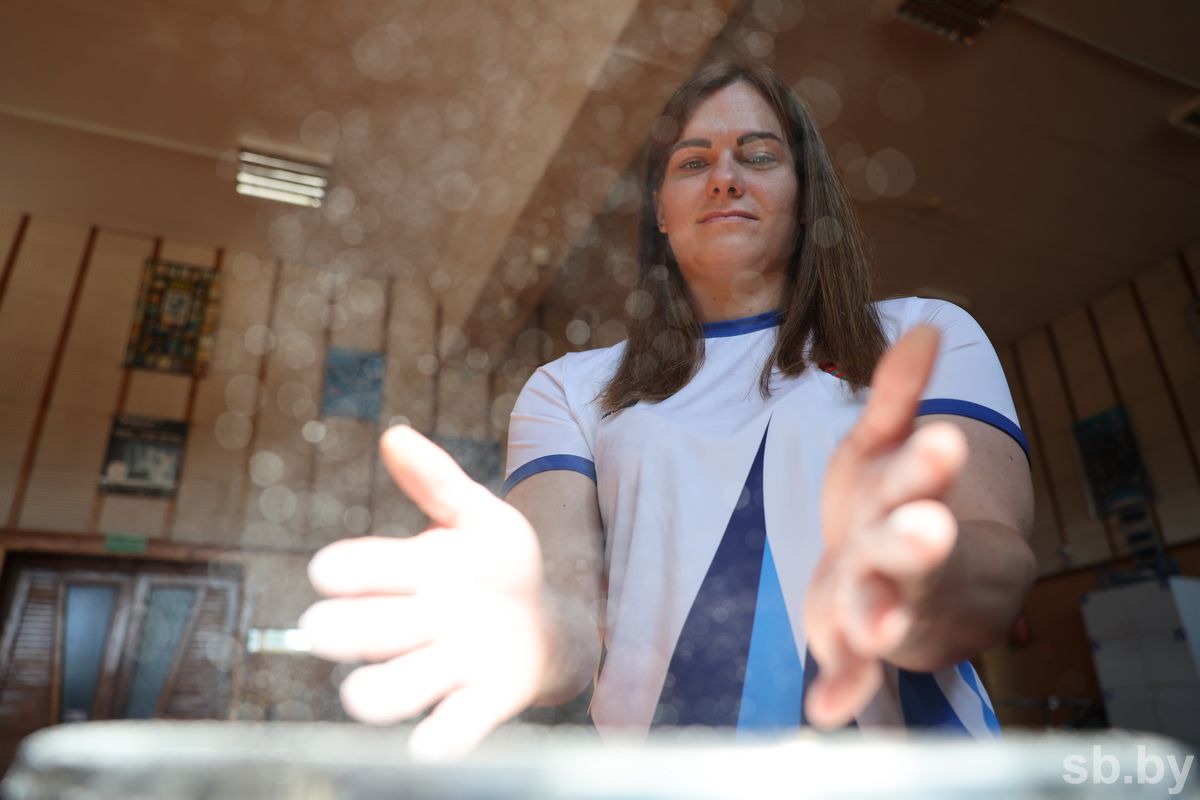
The ironclad argument - think not about yourself, but about the country you represent, and give it your all - worked. From Georgia, Daria, who then competed in the weight category up to 76 kilograms, returned with a gold medal.
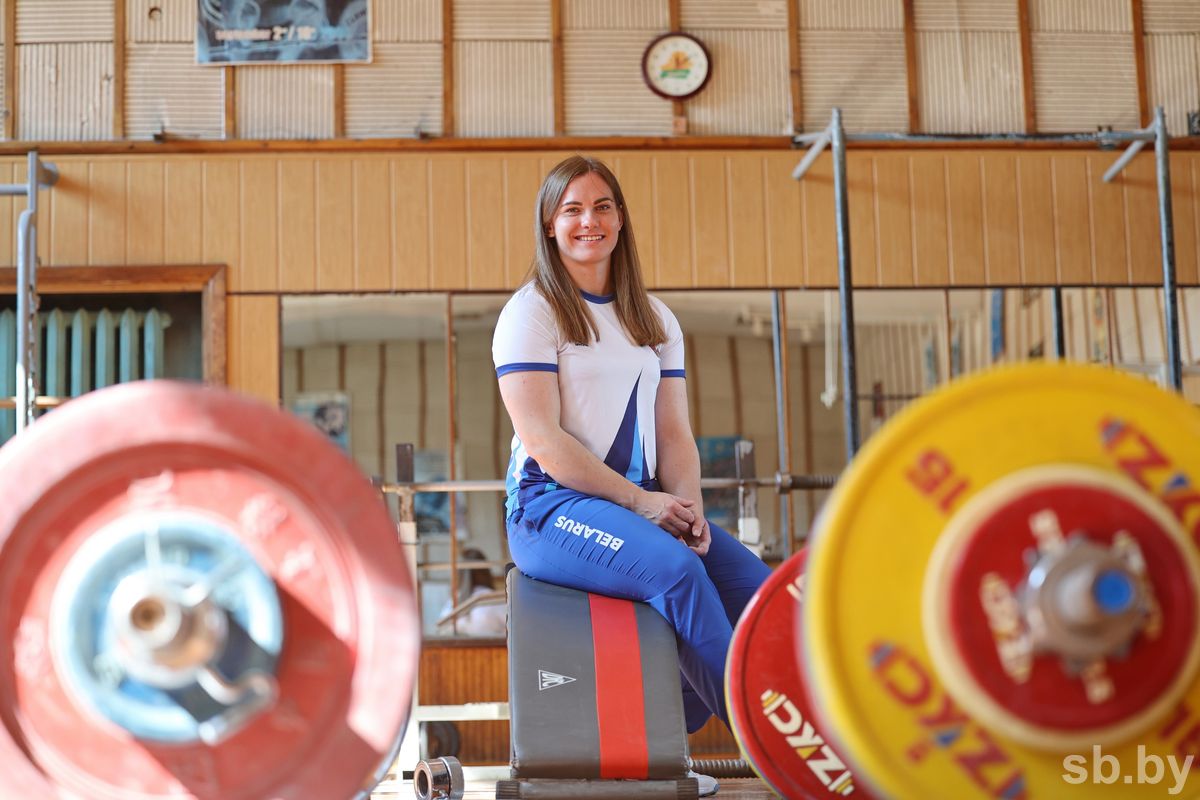
— I dedicate the victories to my loved ones: my parents, older sisters, who at one time also went in for sports (Polina - weightlifting, Marina - athletics). And of course, my native Belarus and Bobruisk - a city where I want to return again and again, which gave me a start in life,” says the titled athlete.
